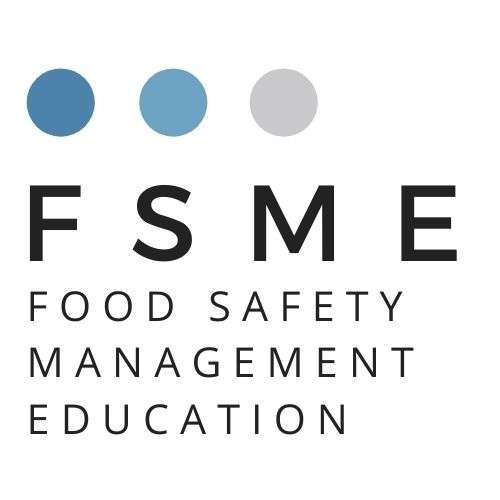HACCP online training
Promotional price 995kr (Ord. price 1 495kr)
until 31/05/2025
Food safety is the result of several factors: legislation should establish minimum hygiene requirements, official controls should be carried out to verify compliance by food business operators, and food business operators should establish and implement food safety programs and procedures based on HACCP principles. The successful implementation of procedures based on HACCP principles requires the full cooperation and commitment of food business employees.
Therefore, employees should undergo further training. The HACCP system is an instrument that helps food business operators to achieve a higher standard of food safety. HACCP should not be regarded as a method of self-regulation and should not replace official controls.
Objective
The aim of the training is to provide you with basic knowledge of the HACCP principles of the Codex Alimentarius.
Course content
Background
Key concepts
Overview of the HACCP methodology
Initial work
Hazard analysis
Identify critical control points
Determine corrective actions
Establish verification procedures
Establish documentation and record keeping
After the training, you will
- Have a good knowledge of the occurrence and characteristics of the most common, and most serious, micro-organisms.
- You will also have a better understanding of how to avoid food poisoning and the most common chemical, allergenic and physical hazards.
- The training also covers and gives you a basic understanding of self-monitoring and HACCP and how to work with these two policy documents.
Course material
Once you are in the education system, there is a tab called "COURSE MATERIALS" where you will find documents that you can print or read on screen.
Course Certificate/Diploma
After completing the training, you will receive a course certificate, which you can save as a PDF file. This document shows that you have a quality assured training in Food Hygiene (HACCP).
Time allocation
About 3 hours

